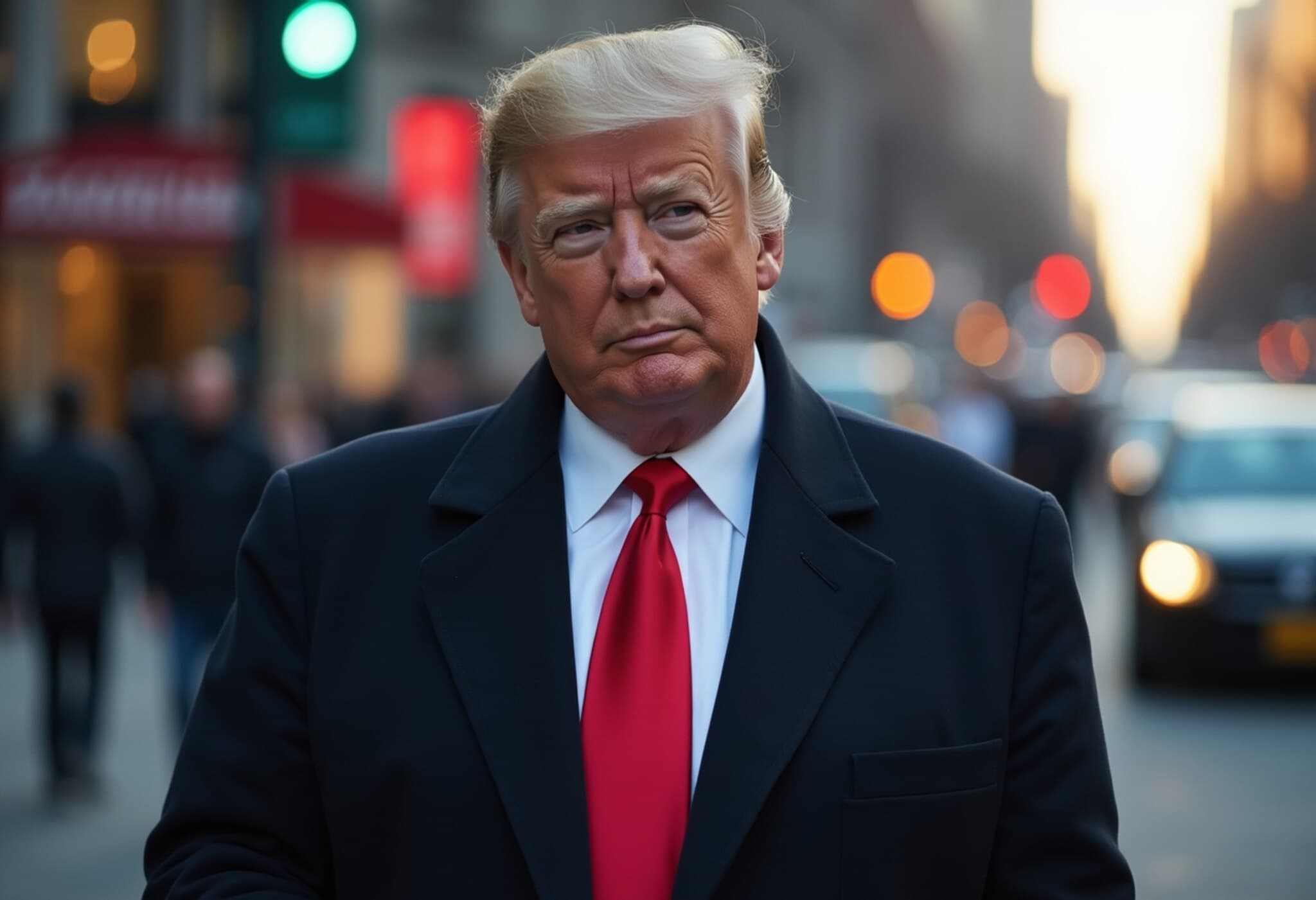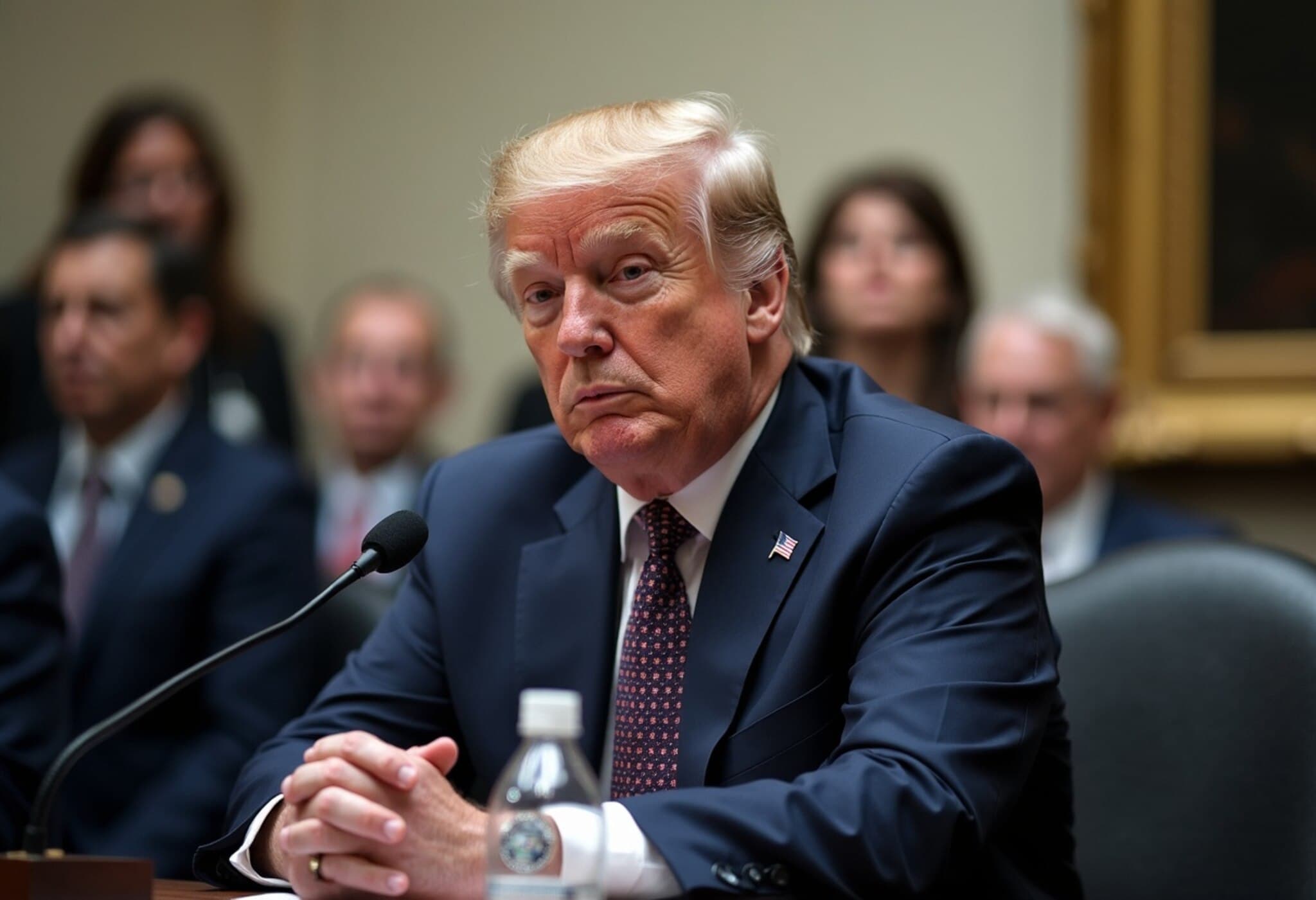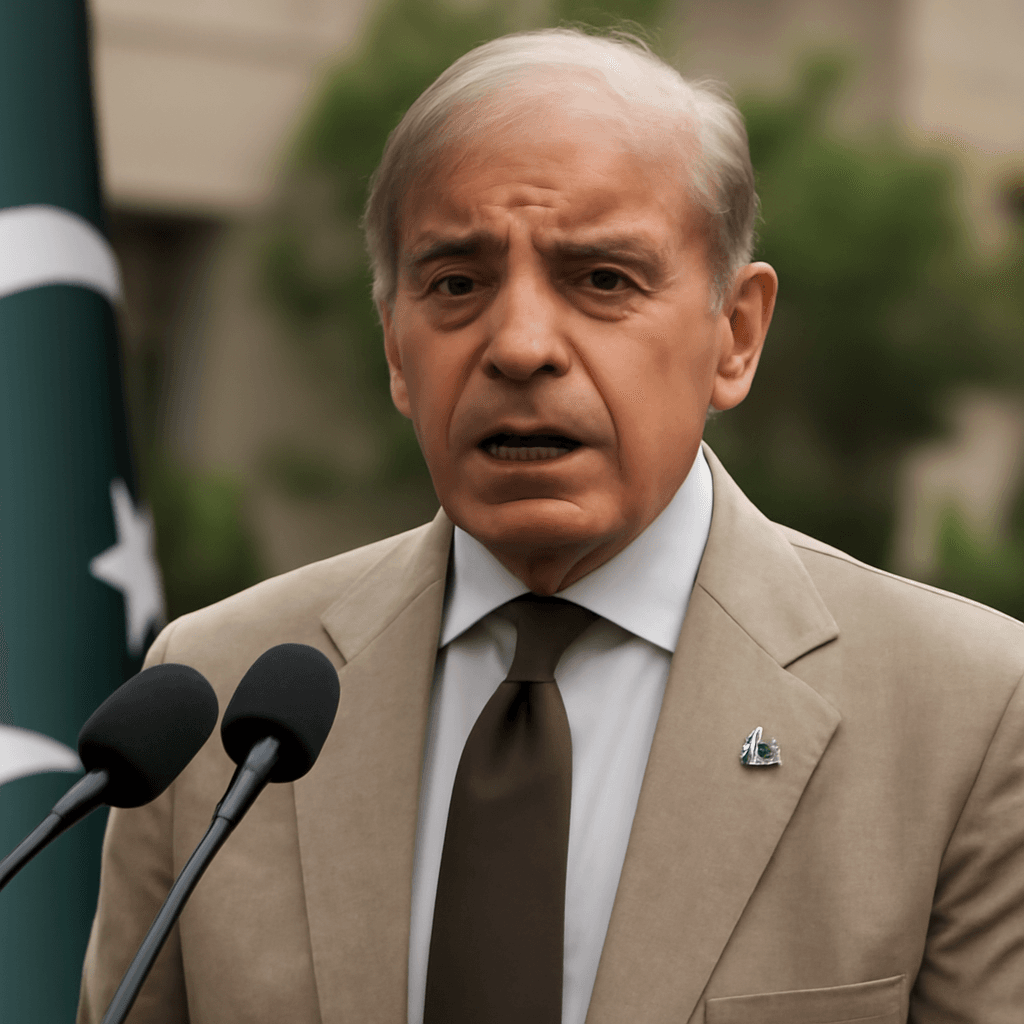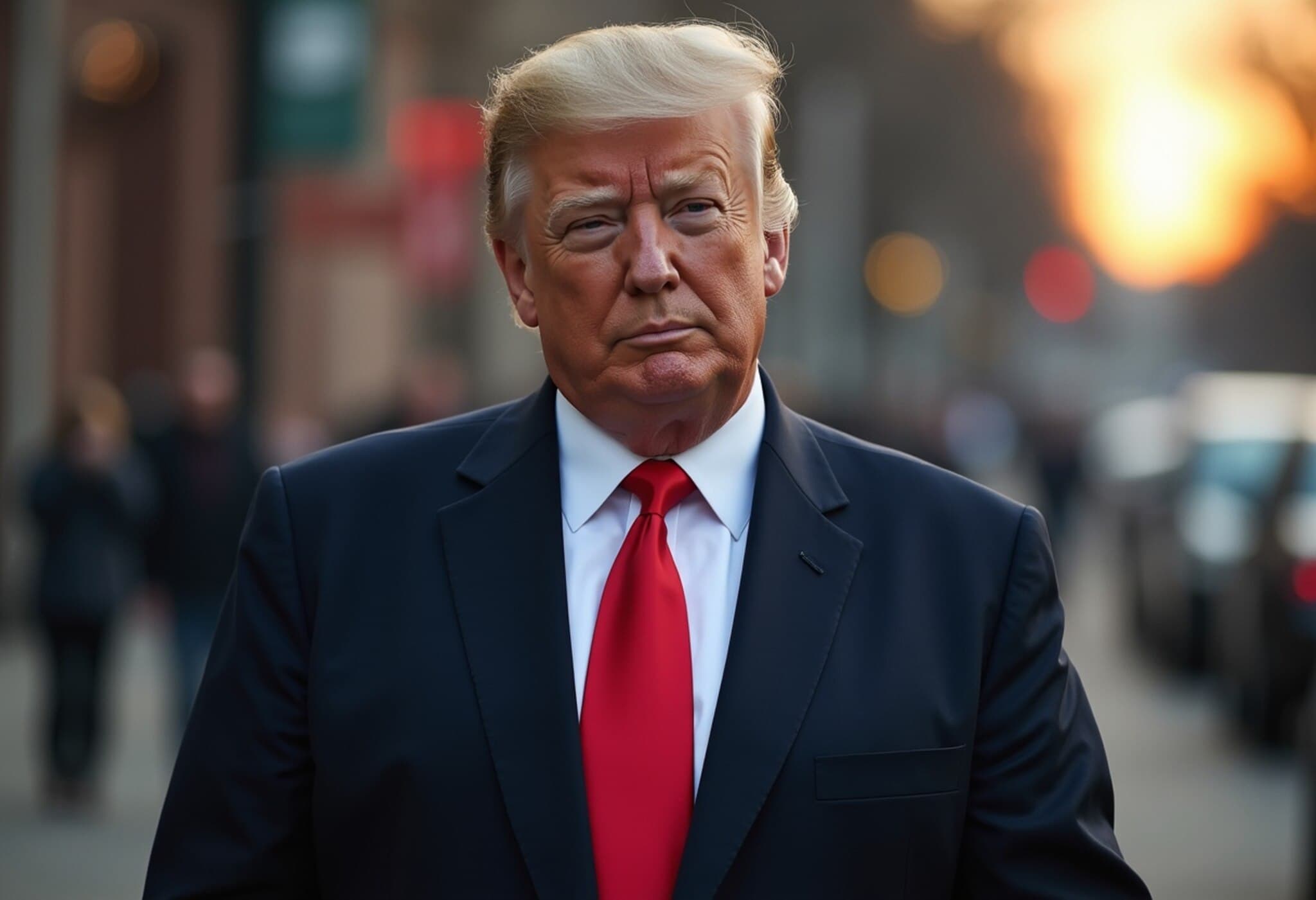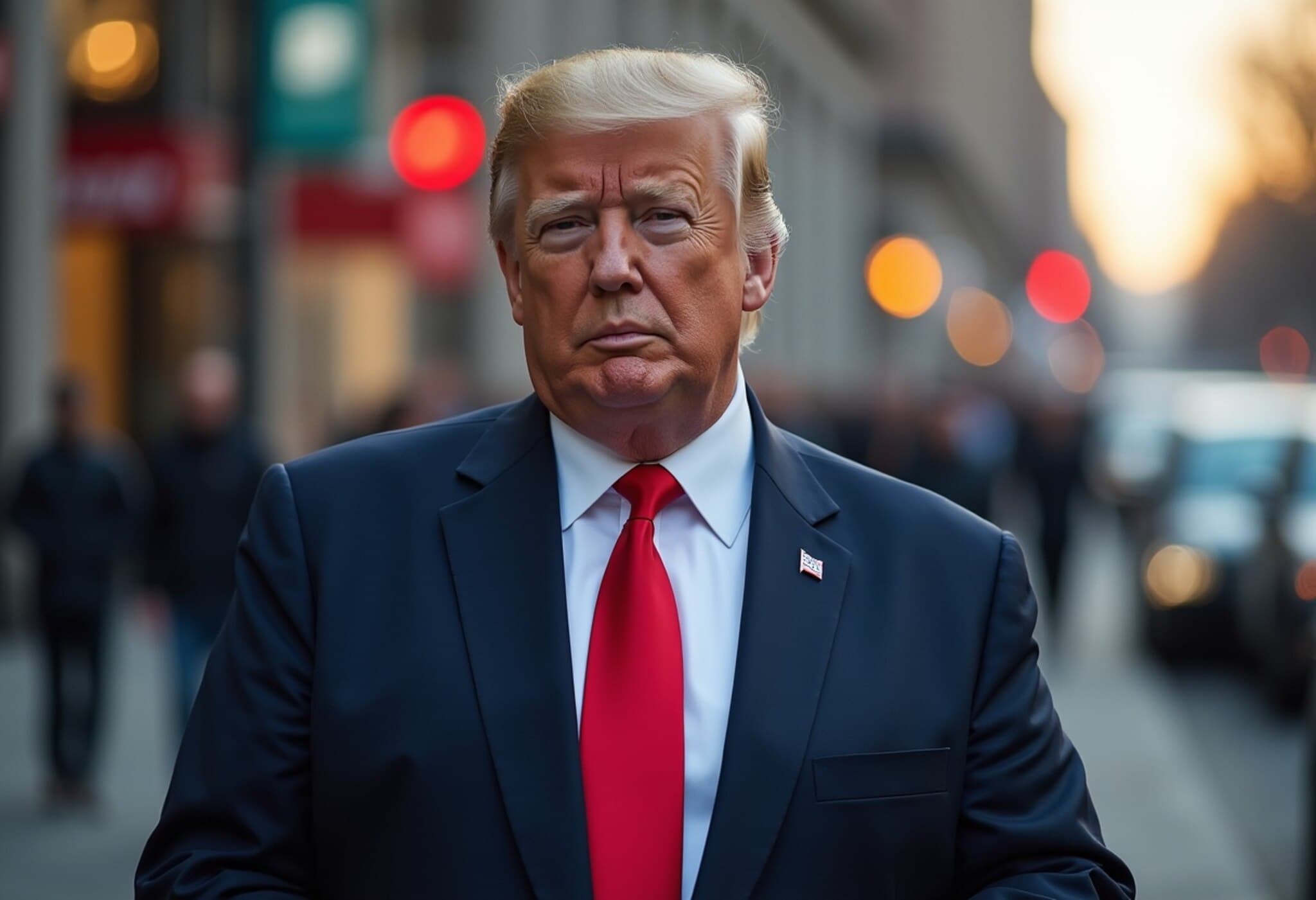Federal Control Threatened Amid Rising Concerns Over Washington D.C. Crime
In the wake of a violent weekend attack on a prominent Department of Government Efficiency (DOGE) staffer, President Donald Trump issued a stern warning on Tuesday, threatening to place the District of Columbia under direct federal control. The incident has reignited a heated debate over public safety and governance in the nation’s capital.
The Assault That Sparked a Political Firestorm
Edward Coristine, more widely recognized by his online moniker "Big Balls," was assaulted early Sunday during an attempted carjacking involving a group of youths. Coristine, accompanied by a woman identified as his significant other, was confronted by about ten juveniles near his vehicle. The attack left him with a concussion after he intervened to protect the woman from harm.
The Washington Metropolitan Police Department swiftly responded, detaining two 15-year-old suspects from Maryland. Nevertheless, several individuals involved remain at large, with the Carjacking Task Force actively pursuing further leads.
Presidential Response: From Social Media to Federal Intervention
Without explicitly naming Coristine, President Trump used social media to characterize crime in Washington as "totally out of control," accusing local authorities of leniency toward juvenile offenders. He argued that minors as young as 14 are committing violent crimes with minimal legal consequences, calling for stronger measures.
"If D.C. doesn't get its act together, and quickly, we will have no choice but to take Federal control of the City," Trump declared, emphasizing the need to restore order and hold criminals accountable more effectively.
Elon Musk, former head of DOGE, lent his voice to the conversation by sharing a firsthand account alleging a violent attack on another woman in Washington, which a DOGE team member reportedly interrupted at great personal risk.
A Closer Look: Crime Statistics vs. Public Perception
Despite the President’s alarmist tone, recent data reveals a more nuanced picture. Preliminary police statistics indicate a 26% decrease in violent crime compared to last year, suggesting improvements rather than deterioration in overall public safety.
However, the city's challenges are undeniable. The high-profile shooting death of a congressional intern just weeks ago remains fresh in the public consciousness, underscoring ongoing vulnerabilities in certain neighborhoods.
Legal and Governance Implications of a Federal Takeover
The District of Columbia already functions under limited self-governance, with Congress retaining the authority to override local laws and governance structures. A federal takeover, while legally plausible, would mark a significant shift, raising critical questions about local autonomy, democratic representation, and the efficacy of such intervention in addressing root causes of crime.
Washington U.S. Attorney Jeanine Pirro, who recently met with Trump to discuss safety strategies, affirmed a commitment to aggressive law enforcement targeting gun trafficking, drug crimes, and violent offenders responsible for carjackings.
Underreported Perspectives and Emerging Questions
- Youth Crime and Justice: The involvement of teenagers in violent crimes highlights systemic issues related to juvenile justice, social services, and education, often overshadowed by the politics of punishment.
- Community Impact: How are local neighborhoods and communities experiencing crime trends, and what grassroots efforts are underway to foster safety?
- Political Dynamics: Might a federal takeover set a precedent for federal intervention in other U.S. cities grappling with crime, and what are the broader constitutional implications?
Editor’s Note
The assault on Edward Coristine has reignited debate over how best to ensure safety in Washington D.C., balancing federal authority with local governance. While crime statistics show promising declines, public perception remains wary—fueled by high-profile incidents and political rhetoric. As policymakers weigh drastic measures like a federal takeover, critical attention must focus not only on enforcement but also on addressing root causes affecting at-risk youth and vulnerable communities. Readers are encouraged to consider how governance models, law enforcement strategies, and community engagement can coexist to build a safer, more just capital.

